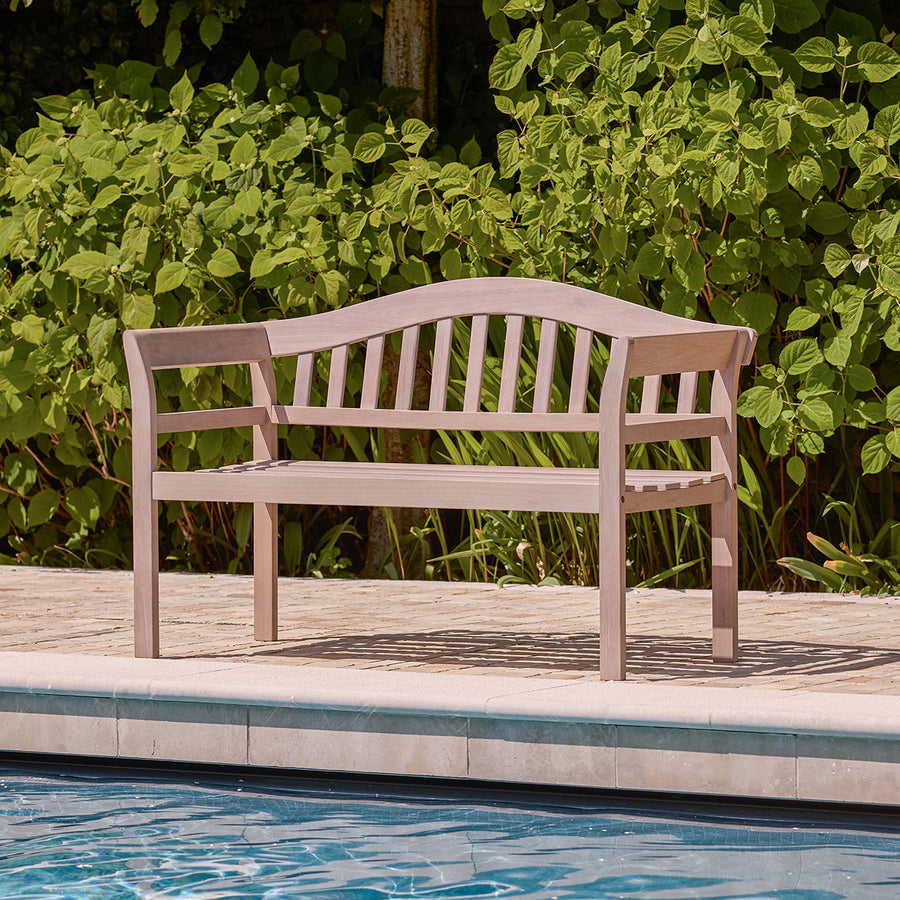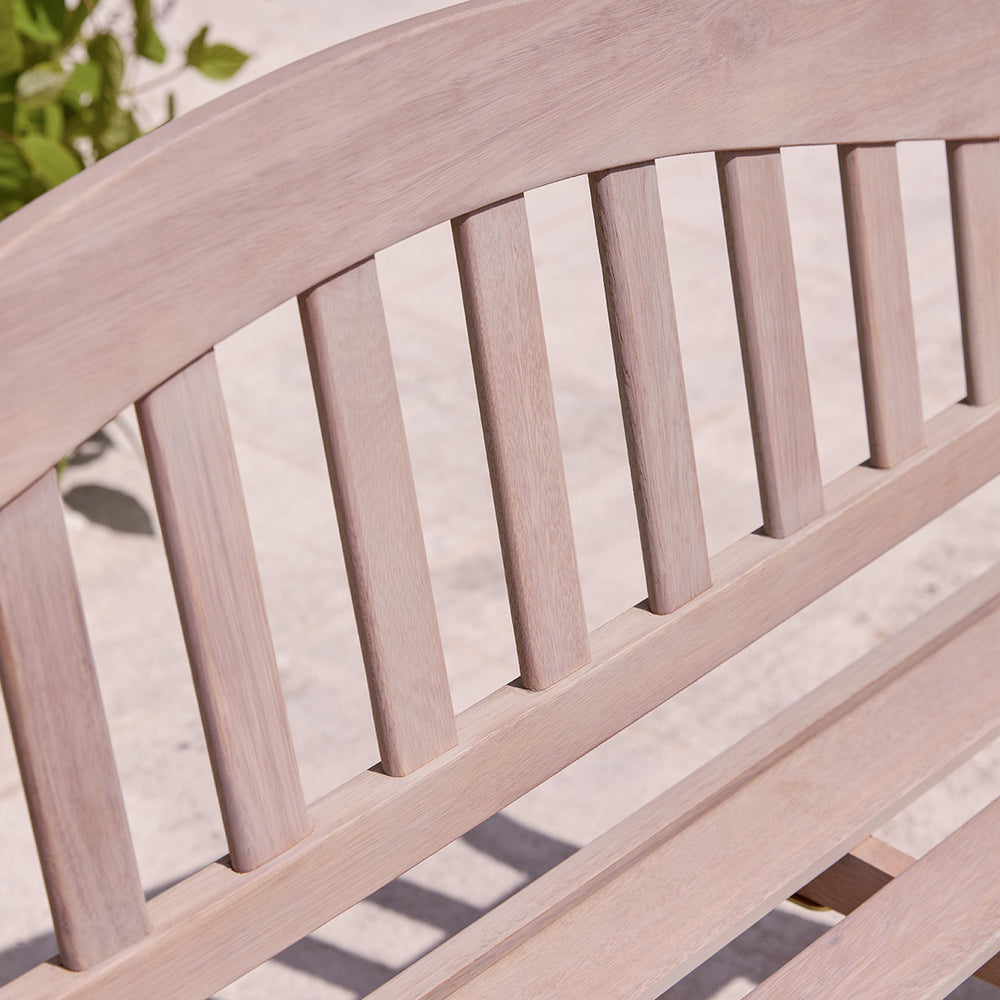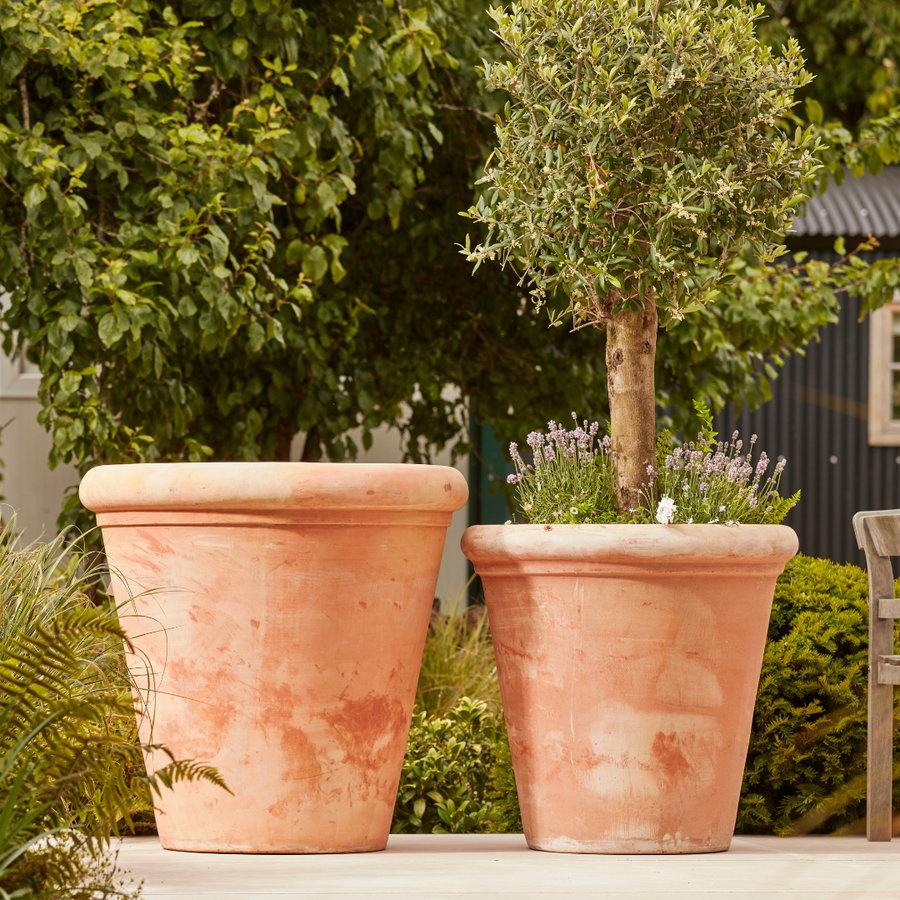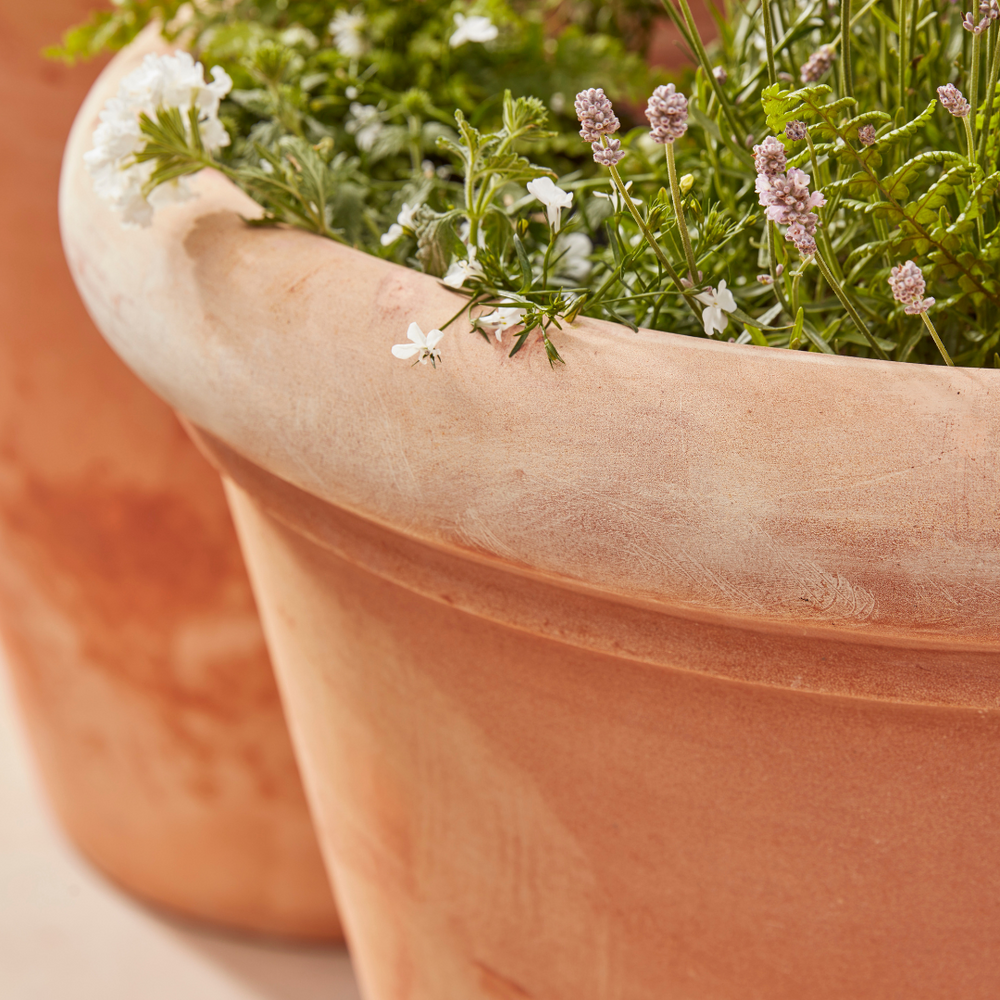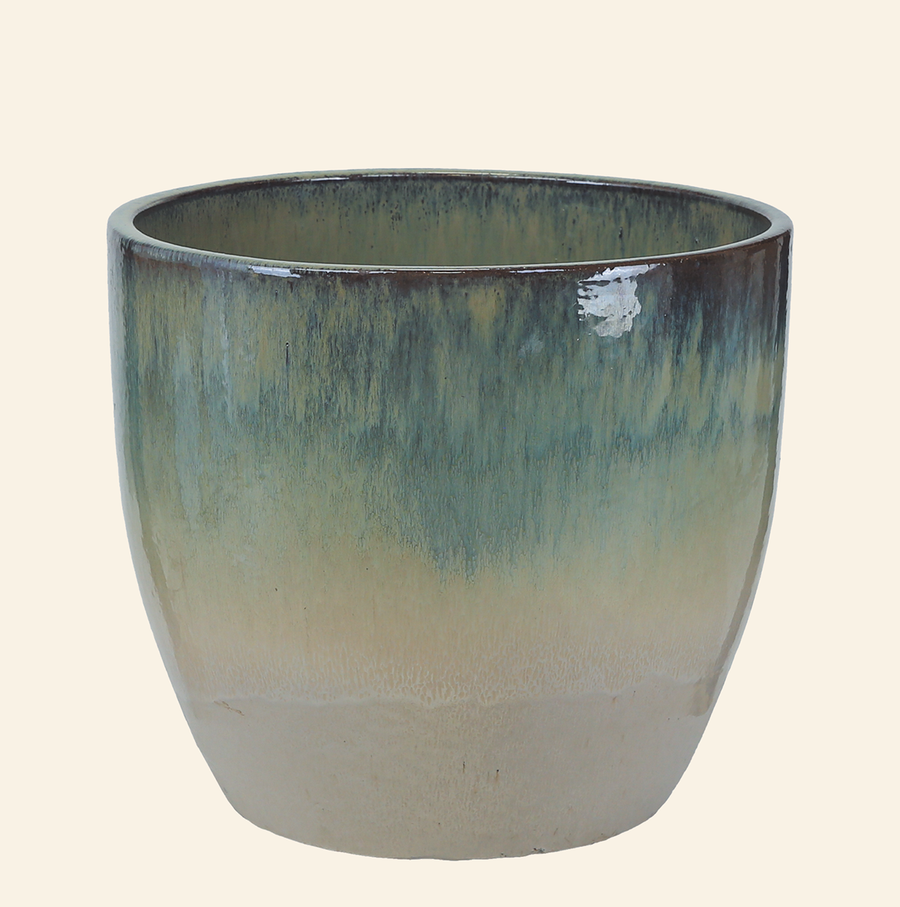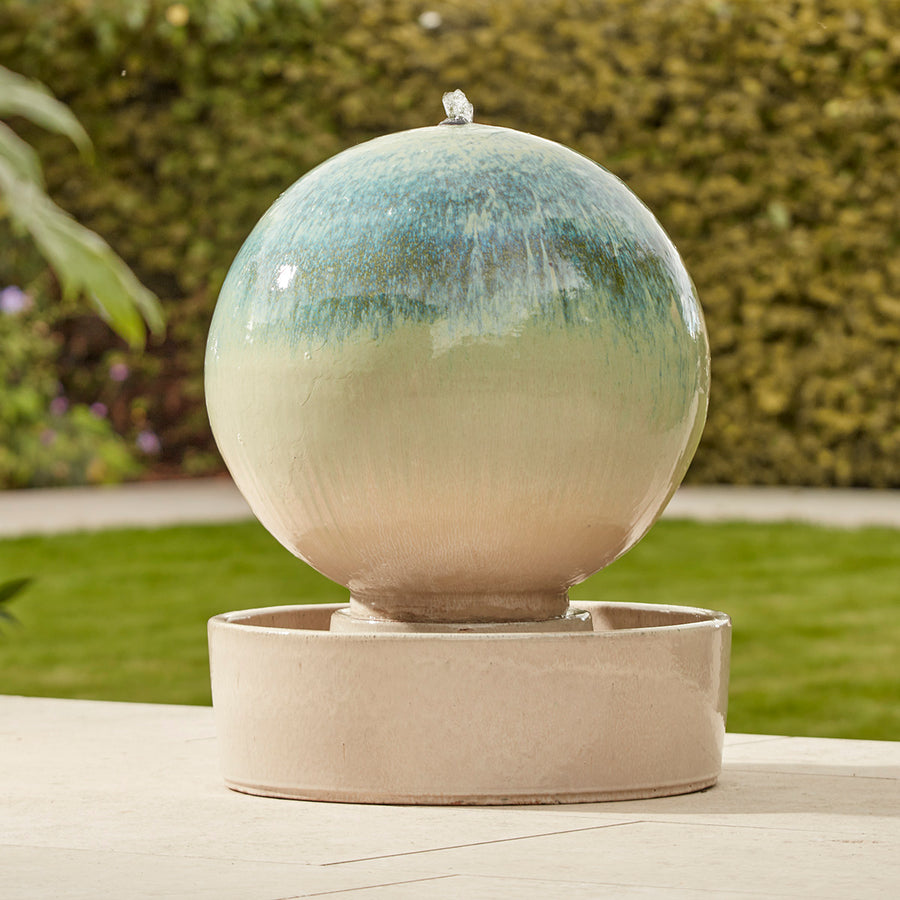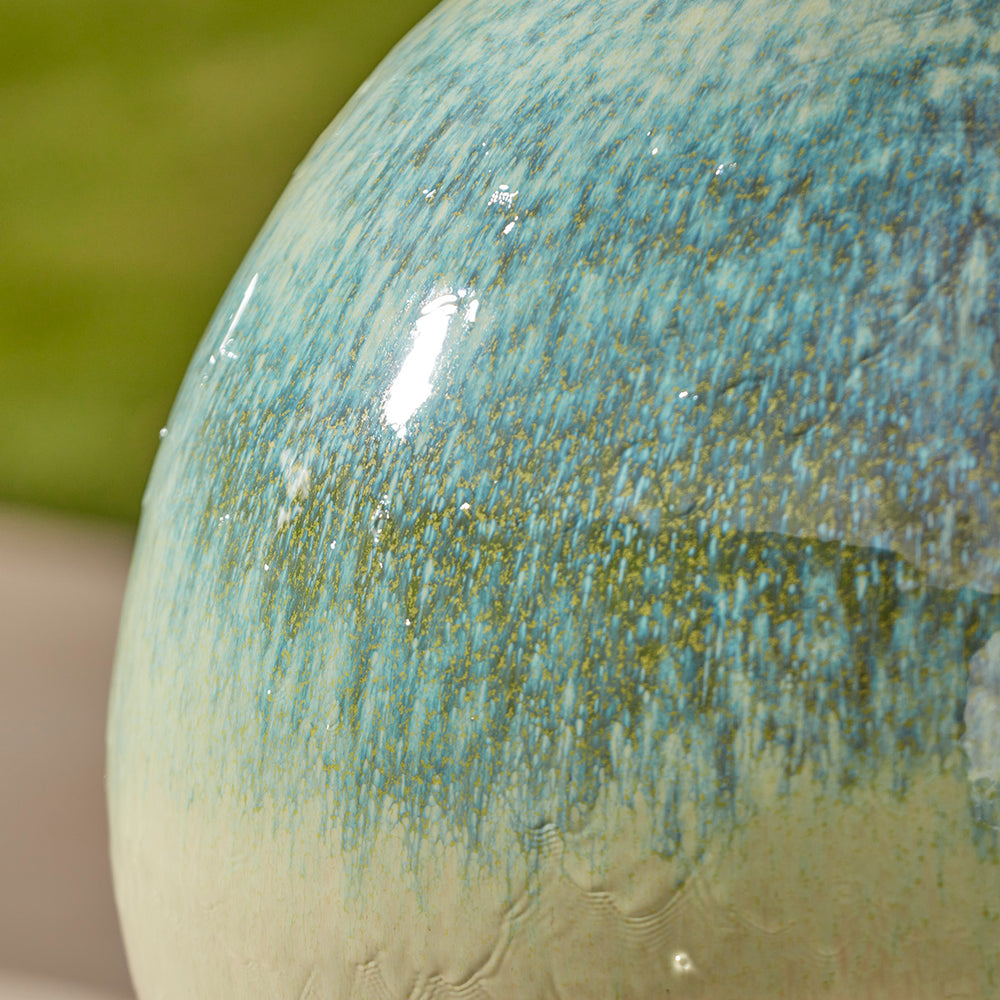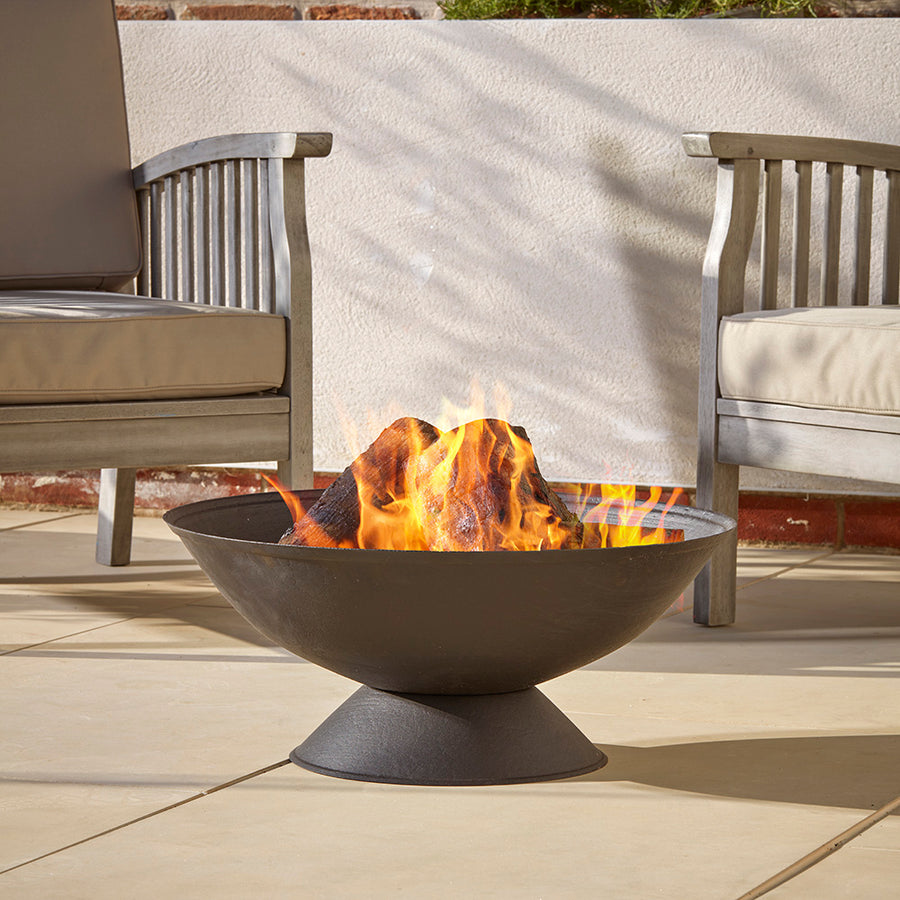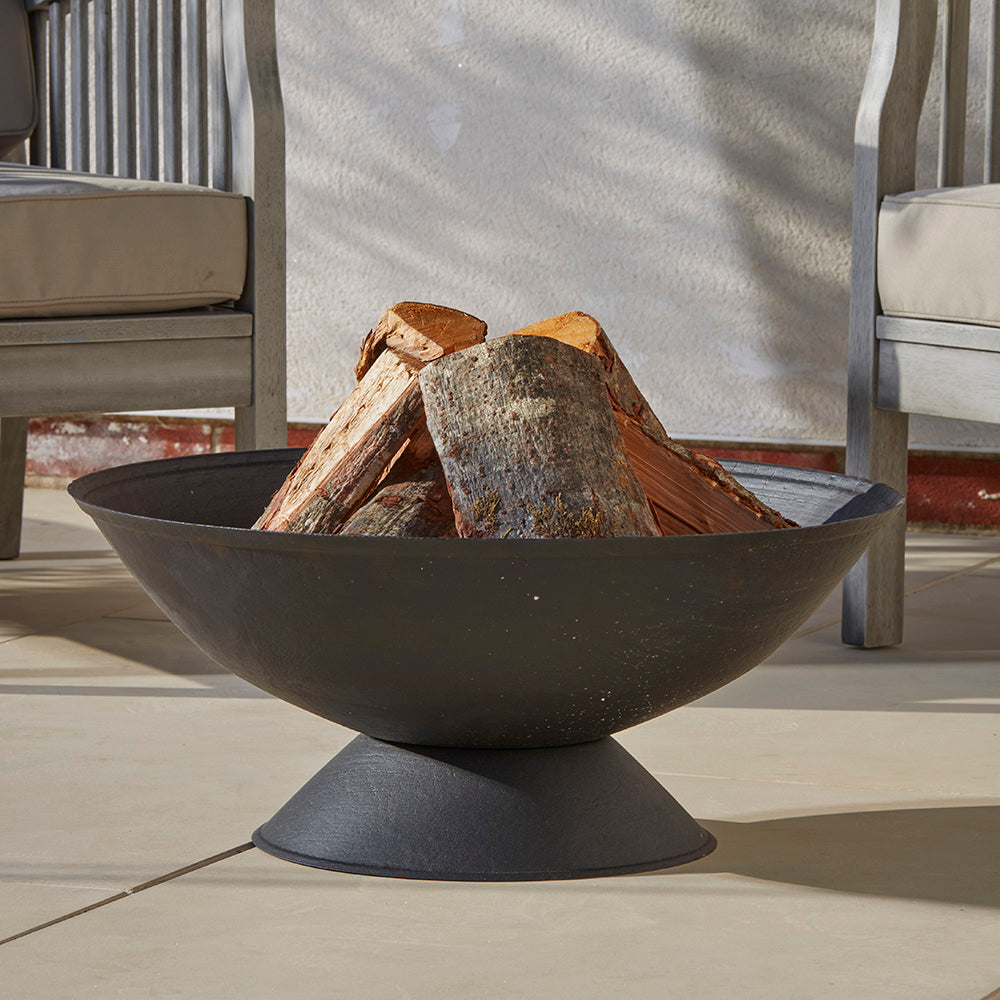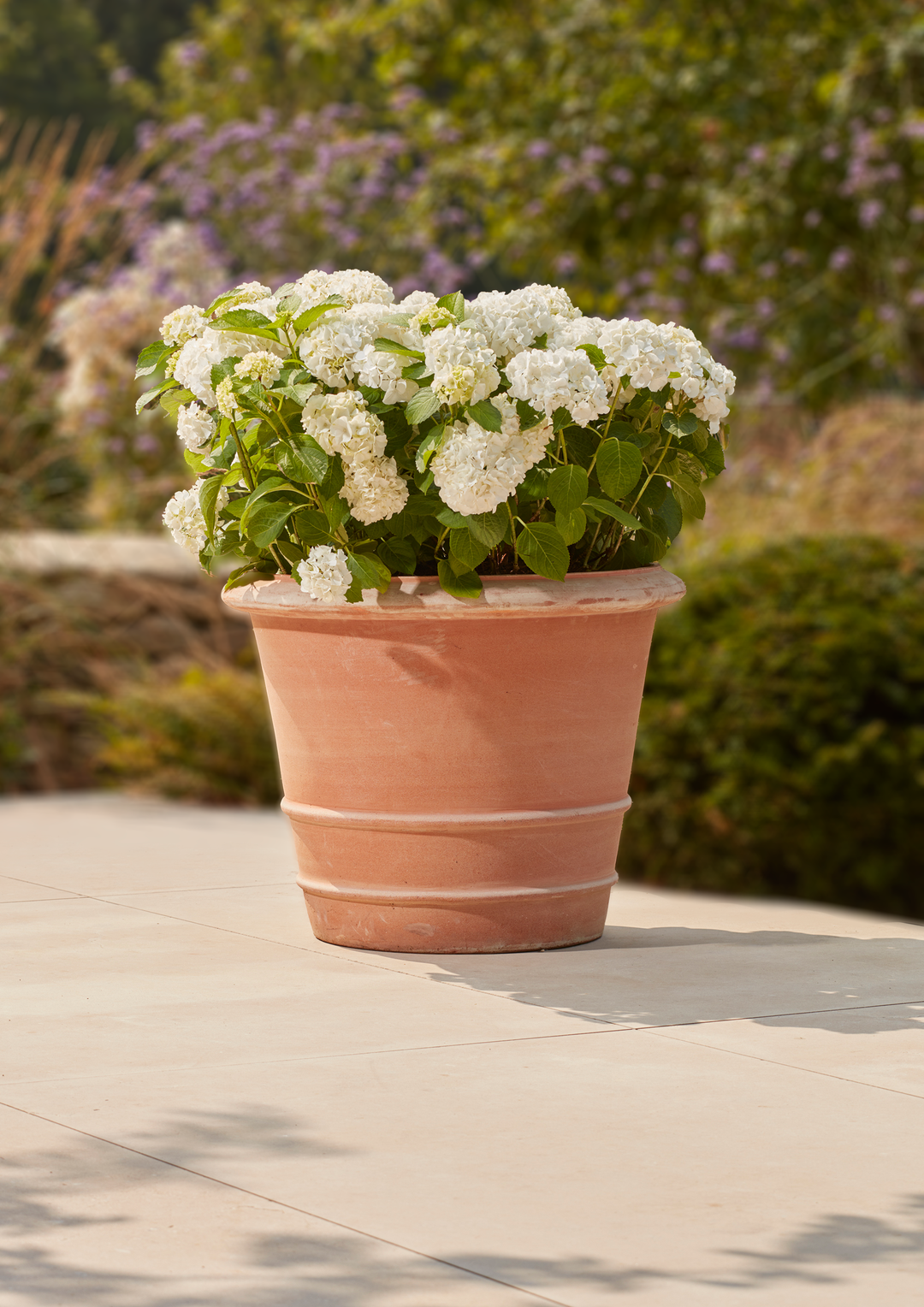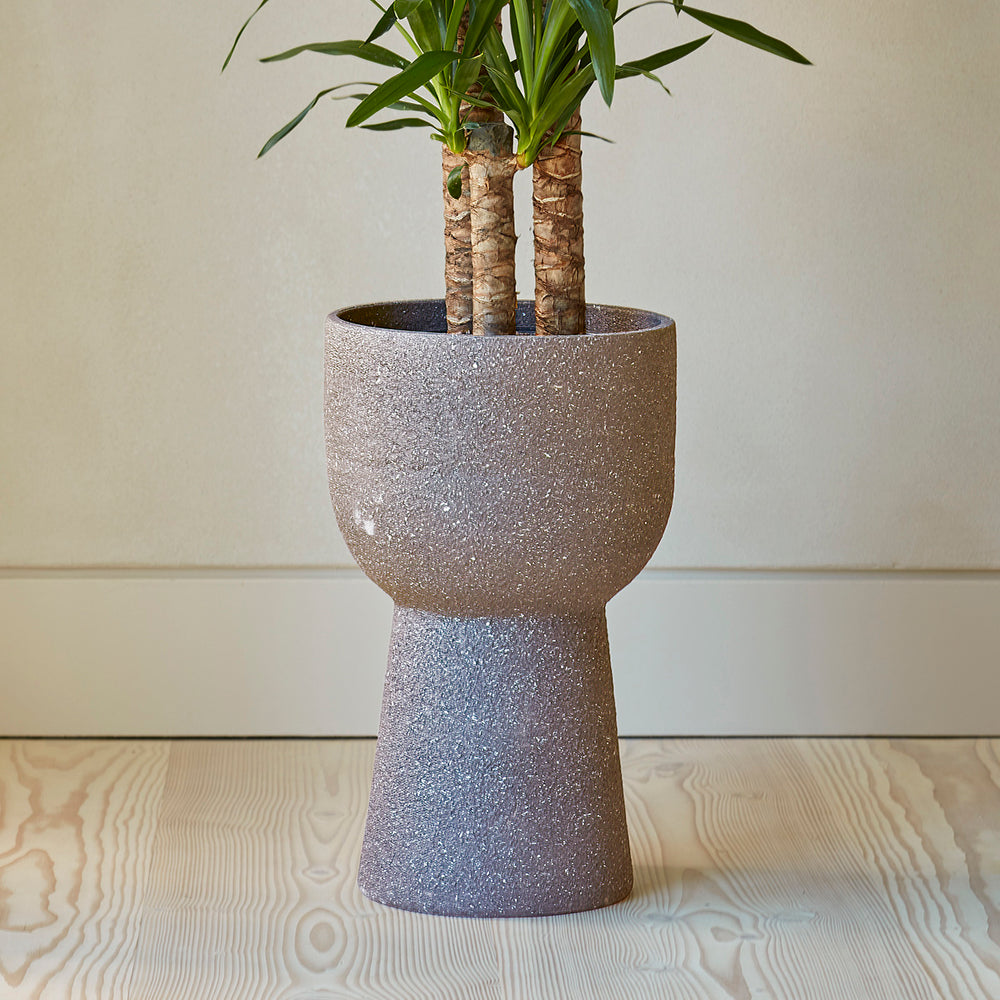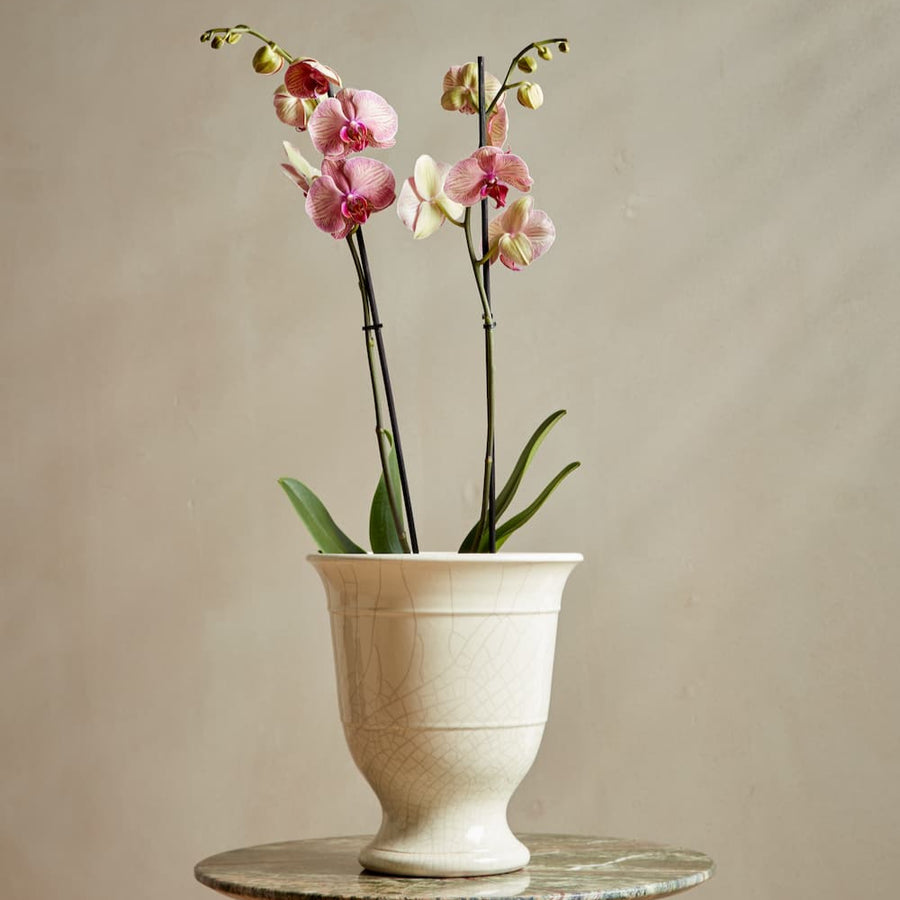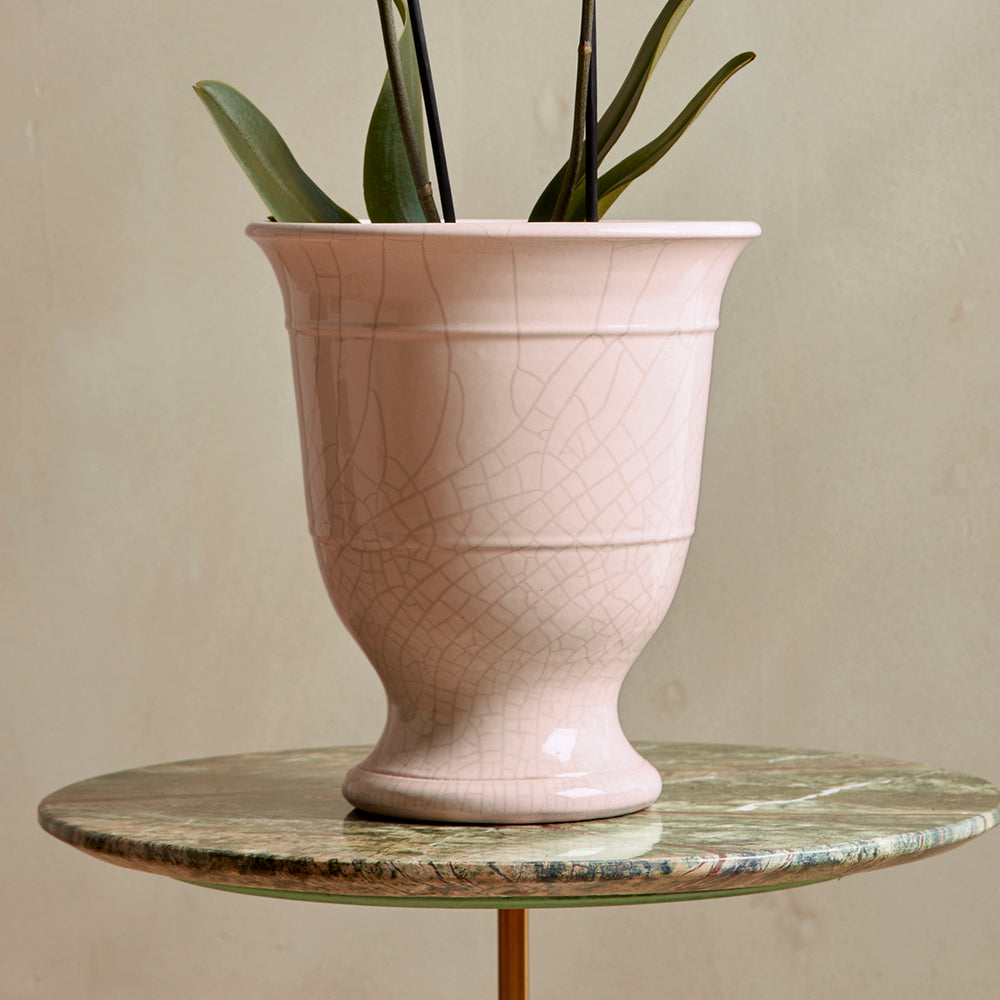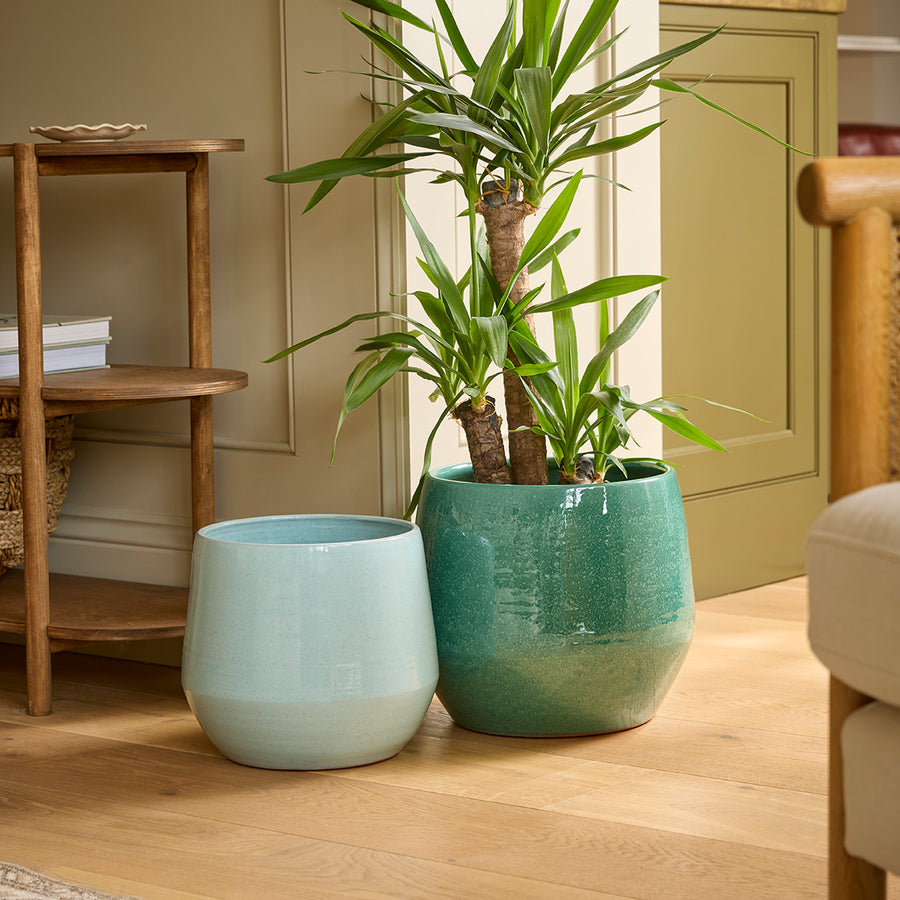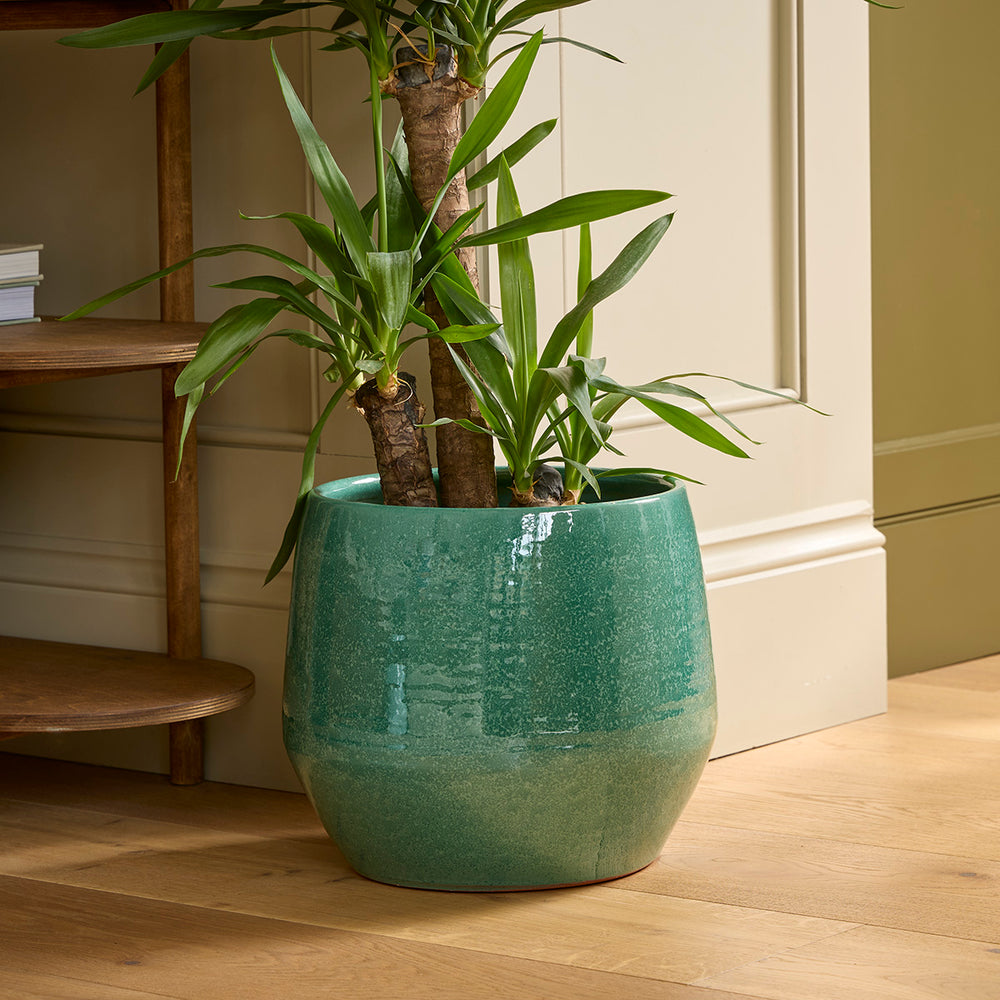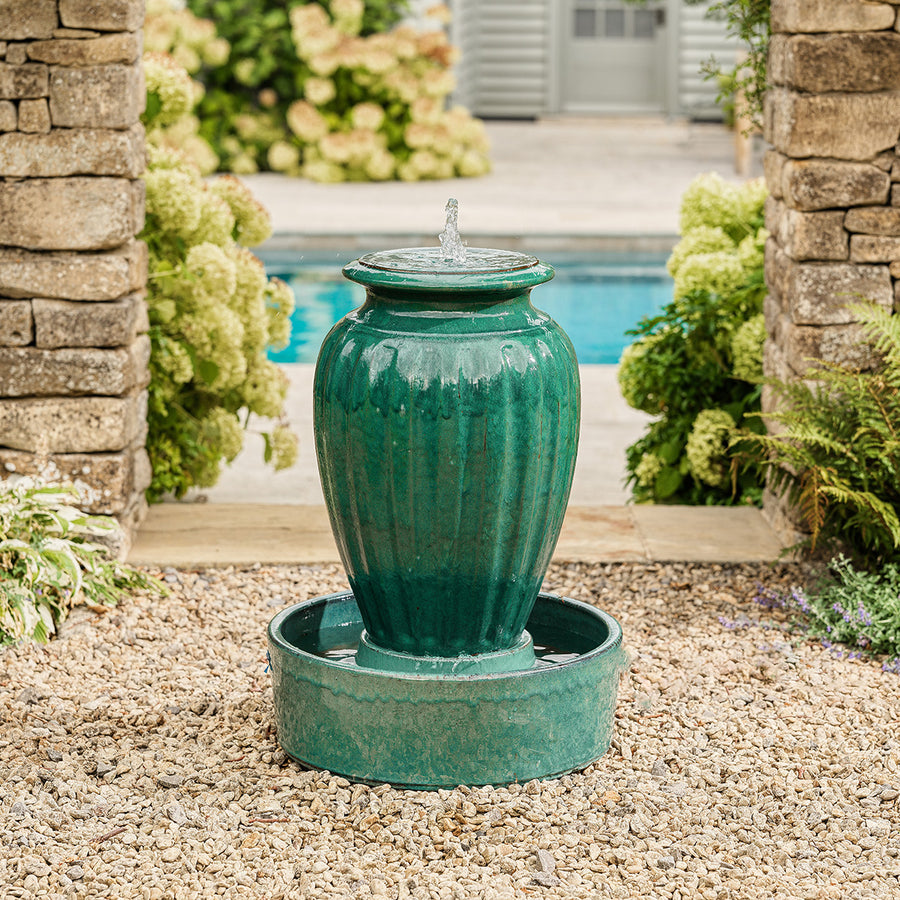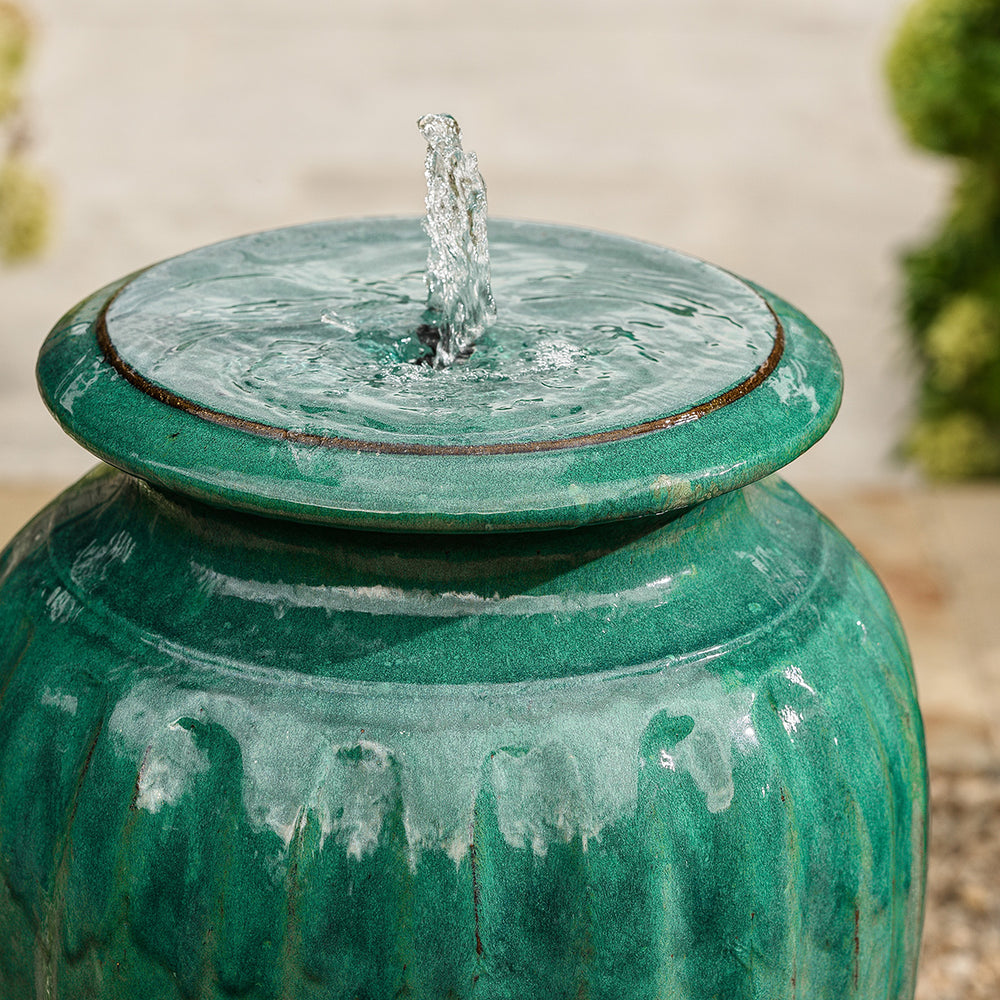How to care for your houseplants over winter
Houseplants are all the rage – fact. Last year, houseplants saw the biggest increase in sales and their popularity continues to soar as people spend more time at home during 2020’s events and look to bring the outside indoors and embrace nature.
But whilst houseplants have thrived in our homes over the spring and summer months, as the weather turns colder and darker, what can we do to keep them in tip top condition and healthy so we maintain our urban green jungle over winter? The Gardenesque team have put together a handy guide to keep your houseplants happy.

Light
As the days gradually shorten, houseplants will receive less natural light, so we recommend you move your plants closer to a window or under a skylight so they can maximise the amount of sunlight that they receive over winter. This extra exposure to light will help you and your plants stay healthy and happy until the weather starts to get warmer, just make sure they’re not up against the cold glass or catching any drafts.
Also, another top tip is to regularly dust-off plant leaves so they can make the maximum use of light. Rotate the pots when you water them so that all sides of the plant get some sun.
Heat
Most houseplants need a temperature of 12-18°C but don’t like sudden temperature fluctuations so don’t have your heating on too high as this may cause your plants and soil to dry out. Its best not to stand them on top of, or directly in front of, heaters or radiators. If you do need to place them above a radiator, make sure the shelf or window sill is at least as wide as the plants’ leaves so, they don’t go limp and check the soil moisture regularly.
You should also keep them away from cold draughts from windows or doorways.
Watering
Overwatering is very common in winter. Signs that you’re overwatering are if the leaves look droopy and start to turn yellow.
Most houseplants do not need a lot of water over the winter period. We recommend you water once a week which should be more than enough. Let the compost almost dry out before each water, you can check this by using your finger to test the soil moisture. Succulents and cacti are used to desert conditions and hold their own water so only need topping up every month.
If dry air is a problem in your home, try grouping your plants together and spray them with a water mist or move them to higher humidity areas in the home like the kitchen or bathroom.
Feeding
Over the winter you can stop fertilising and feeding your houseplants. The less-than-ideal growing conditions in the colder months slow plant growth, meaning the plants need less fertiliser.

Pests
It is important to check your plants leaves and stems for pests such as aphids, scale insects, thrips and mealybugs. Keep inspecting your plants regularly throughout the winter and make sure you discard of any dead foliage that could drop and cause disease.
New containers
You can also repot houseplants anytime over winter. Some plants may be outgrowing their containers and need repotting. Take this opportunity to check the underside of the plant and its roots and cut off any that may have rotted. Repot plants in a clean pot using sterile potting soil. We recommend you move up about 2 inches in pot size for your plants’ new home.
Is your home an urban jungle? Tag us with #gardenesquegarden so we can see your happy houseplants!


